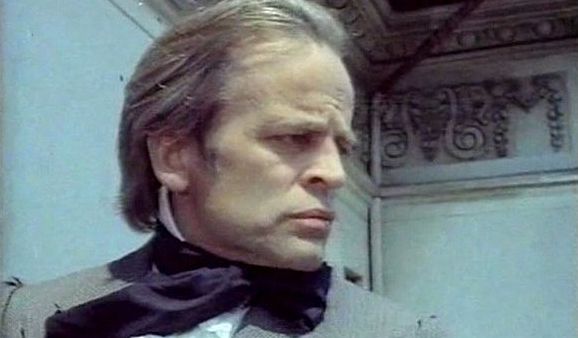Dir: Giuliano Montaldo
Star: George Rigaud, Klaus Kinski, Janet Leigh, Robert Hoffmann
a.k.a. Ad Ogni Costo
This straightforward yet very effective heist film kicks off with retired teacher James Anders (Edward G. Robinson) going to his old pal, Mark Milford (Adolfo Celi from Thunderball), a boss in the New York criminal underworld, with a plan for a diamond robbery during the Rio carnival. Milford introduces him to four men, who will each have a part to play in the proceedings. They are Gregg (Rigaud) the safecracker; Erich (Kinski) the muscle; Agostino the electronics wiz; and Jean Paul (Hoffmann), the playboy whose job is to seduce Mary Ann (Leigh), keeper of the key to the vault which will briefly contain ten million dollars worth of gems.
Naturally, things do not go quite as planned – where would be the fun in that? Mary Ann proves rather resistant to Jean Paul’s charms, and the target also installs an unexpected new counter-measure. It’s an audio-based alarm (the “Grand Slam” of the title), which will go off if it detects any sound louder than 14 decibels. Such as would be caused by drilling into the safe. Adding to the impetus is the ticking clock of the festival: for only the second time in 50 years, it coincides with the diamond delivery, creating the necessary window of opportunity. So if the gang of thieves can’t figure everything out in time, they’re going to have a very long way before there will be another chance.
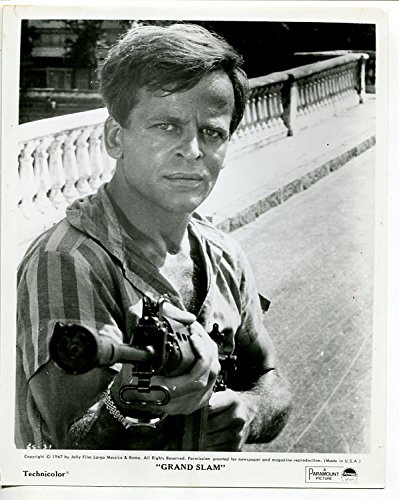
Not helping matters is the friction between the team members. In particular Erich hates Jean Paul with a passion, at one point berating him, “You dirty pimp! You’re only good for charming old maids. You’re not even able to do a man’s job!” While that’s the most obvious case, you get the sense that no-one here is hanging out with the others for amusement, and it’s instead a relationship born entirely out of employment expediency. This becomes particularly relevant towards the end, when it becomes clear that the lack of trust among everyone involved here, is far from paranoia – and is, in fact, an entirely sensible defense mechanism for all concerned
It’s reported that Sergio Leone was originally going to direct this. It would certainly have been fascinating to see what the master of the Spaghetti Western would have done in the heist genre. While that never came to pass, regular collaborators editor Nino Baragli and compose Ennio Morricone were still involved with the project, and there are certainly moments where it still almost feels like a Leone work. However, it is considerably more jet-setting, with heavy use of location work, not just in Rio de Janeiro, but also New York, Rome and London, as Anders assembles his team. Cinematographer Antonio Macasoli wrings every cent of local color possible from there; it almost seems like Rio’s Sugarloaf Mountain is a supporting character in the film, such is its omnipresence.
Yet despite the presence of Morricone, one of the things that stands out is the use of silence. While most obvious during the heart of robbery, when the slightest noise would spell disaster, there are any number of other sequences, where Montaldo is content to let things unfold, without either the need for dialogue or background music. It stands in sharp contrast to modern films in the genre. The most recent one I saw was Ocean’s 8, and let’s just say, a little silence there would have been very welcome. Most of the characters here are prepared to let their actions do the talking instead. Erich is likely the most voluble of them, though occasionally topples over into incoherence. At one point, he says – and I checked this against the subs – “If you are really the supermen everybody says, crazy your brains! Tread blood!” Uh, what? At least it’s Kinski’s own voice here, which is nice.
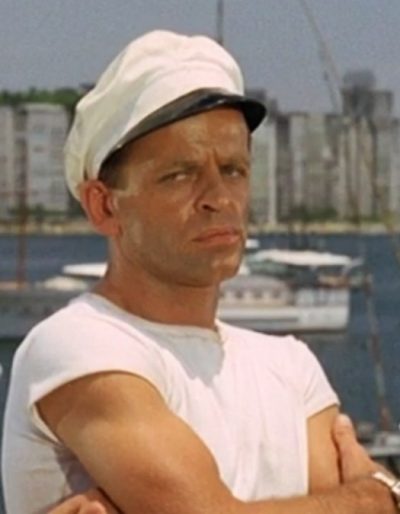
Leigh is the best-known other name, and there were scenes where I could have sworn I was watching her daughter, Jamie Lee Curtis. But it seems more like a supporting role, and she doesn’t have much to do for the great bulk of the two-hour running time. I was more impressed by Rigaud, who comes over like an Argentinian version of Edward Fox; always calm, incredibly polite (when Anders meets Gregg, he’s working as a butler!), yet you can tell there’s steel beneath the silk. He becomes the de facto leader of the group, performing the very necessary task of damping down the enmity between Jean Paul and Erich. Those tensions threaten to tear the group apart before they can complete their task; it’s fortunate the pair’s work largely keeps them apart.
Erich’s borderline psychosis is somewhat ironic. For when Anders is assembling his team, he goes through Milford’s wonderful cabinet of ne’er-do-wells for hire, in a broad range of categories: “Aristocrats, Atomic Scientists, Card Cheaters, Charities, Clergy…” Anders is unable to decide between Military and Syndicate Killers, but eventually plumping for the former, presumably expecting them to be more disciplined. If so, the loose cannon in Mr. Weiss whom he hires is unlikely to be quite what the criminal mastermind had in mind. Yet there’s no doubt Erich knows his stuff, and has his part to play in the heist – even if he’s down in the sewers for much of it, these sequences contribute their share of tension.
It’s all a great deal of fun, although there’s a case to be argued that the ending goes for one twist too many. It feels like a bit of a stunt, and as such, perhaps devalues the understated quality of what has gone before. The rest of the film has been a solid combination of winning performances with a well-considered script, impressively committed to film by Montaldo and Baragli. It really doesn’t need a “surprise” in its tail, let alone about three of them, back-to-back. For this is a film which has spent about 110 minutes being at its most effective when at its most understated, and whose watchword has been “less is more.” An ending which is more M. Night Shyamalan than Sergio Leone seems ill-fitting, to put it mildly.
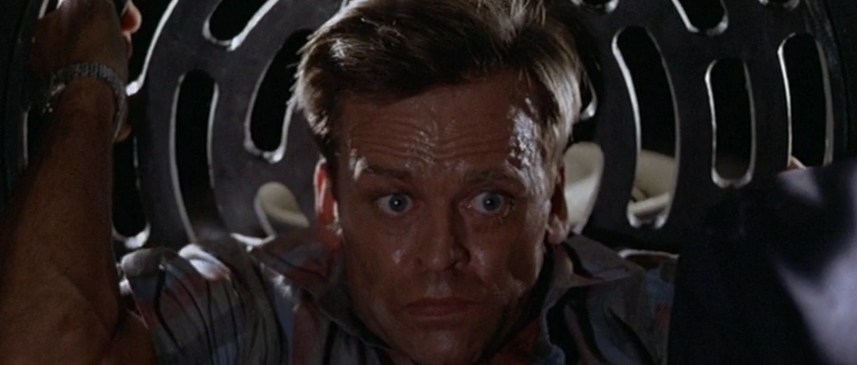
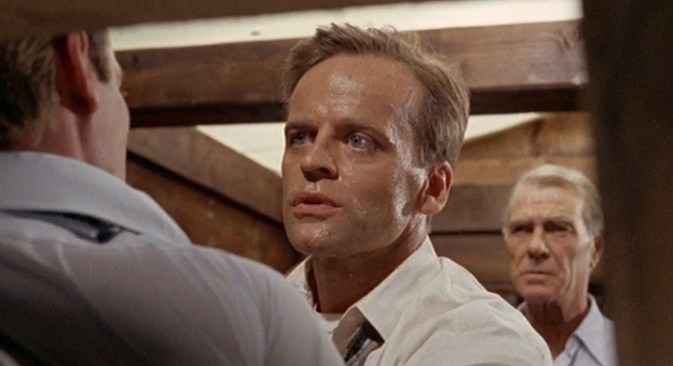
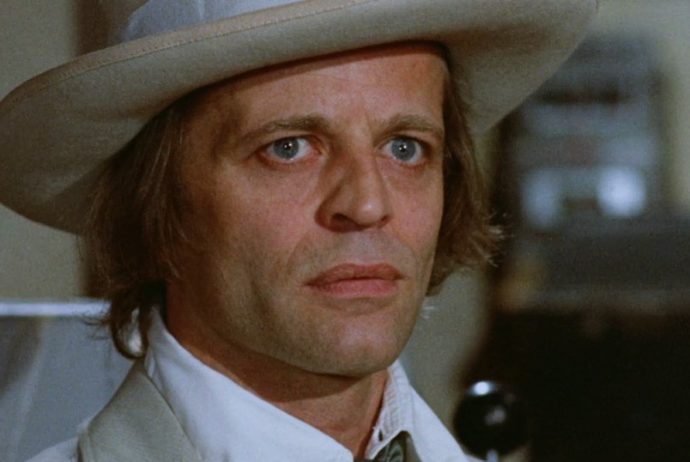


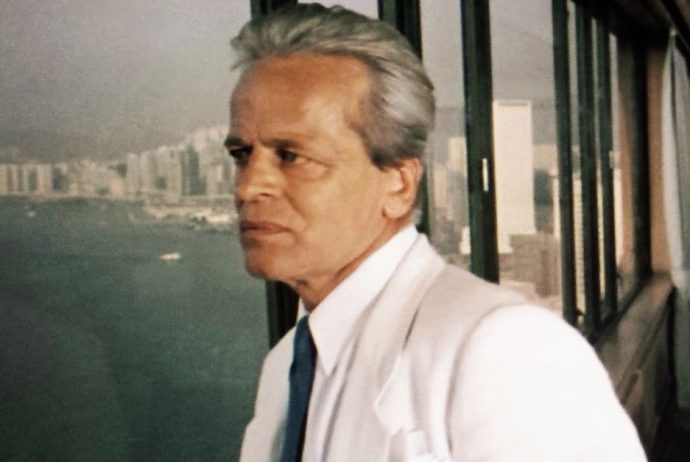
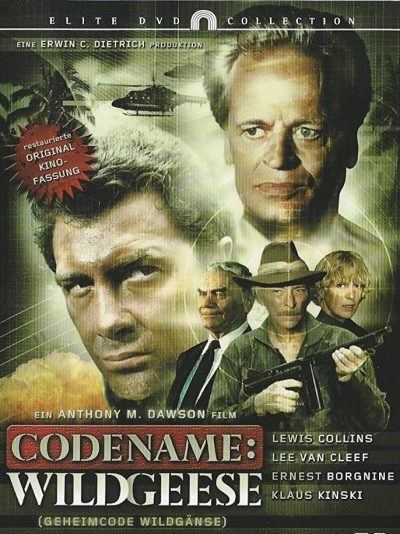 [Spoilers follow] Inevitably, it turns out that some of the people on the outside are working with and for Khan. The shadiest of all is wealthy American businessman Brenner (Hartmut Neugebauer) and his partner, Charlton, who is himself a former soldier for hire. When Wesley opts to continue the mission and moves towards destroying another plant, thereby threatening the pipeline which Brenner uses to get his drugs out, Charlton is sent into the jungle to make sure that the mercenaries do not succeed. With the entire operation being thoroughly off the books, Wesley is on his own to try and ensure that he and his men are not the ones being cleaned up. And he’s not happy about being betrayed either, especially given the whole ‘dead son’ thing. [End spoilers]
[Spoilers follow] Inevitably, it turns out that some of the people on the outside are working with and for Khan. The shadiest of all is wealthy American businessman Brenner (Hartmut Neugebauer) and his partner, Charlton, who is himself a former soldier for hire. When Wesley opts to continue the mission and moves towards destroying another plant, thereby threatening the pipeline which Brenner uses to get his drugs out, Charlton is sent into the jungle to make sure that the mercenaries do not succeed. With the entire operation being thoroughly off the books, Wesley is on his own to try and ensure that he and his men are not the ones being cleaned up. And he’s not happy about being betrayed either, especially given the whole ‘dead son’ thing. [End spoilers]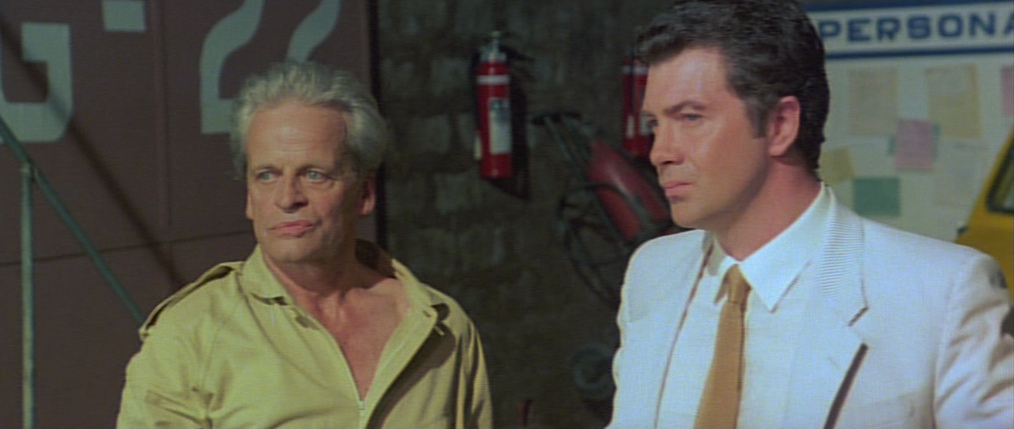
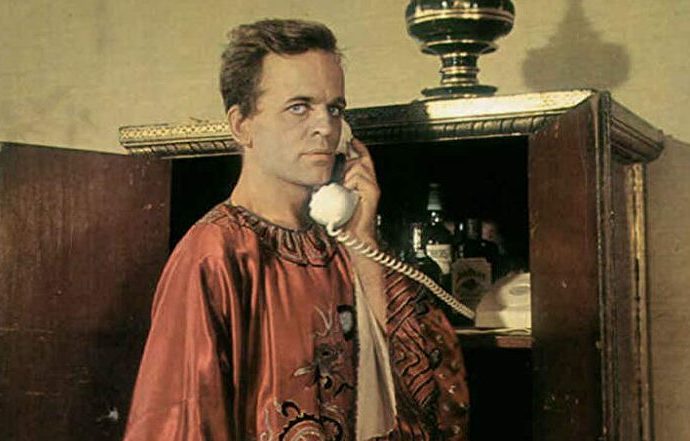
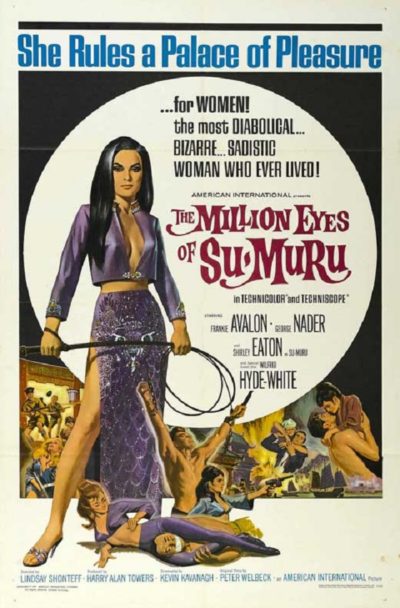 It’s not long before the chief of security is also a corpse, and West is ordered to take over as his replacement, in order to keep an eye on the leader of Sinonesia, President Boong (Kinski). Which is where his path crosses with the plot of Sumuru (Eaton, famous for being painted to death in Goldfinger), the villain in the piece who is intent on building a world ruled by women. Look, that may seem now like Democratic Party policy (hohoho!). But this was the sixties, and nothing more evil – or, at least, more amusingly evil, at the level appropriate for a tongue in cheek spy flick like this – than a gynocentric society could possibly be imagined for the era. Pat those amusing little ladies on their pert little behinds, and send them back into the kitchen!
It’s not long before the chief of security is also a corpse, and West is ordered to take over as his replacement, in order to keep an eye on the leader of Sinonesia, President Boong (Kinski). Which is where his path crosses with the plot of Sumuru (Eaton, famous for being painted to death in Goldfinger), the villain in the piece who is intent on building a world ruled by women. Look, that may seem now like Democratic Party policy (hohoho!). But this was the sixties, and nothing more evil – or, at least, more amusingly evil, at the level appropriate for a tongue in cheek spy flick like this – than a gynocentric society could possibly be imagined for the era. Pat those amusing little ladies on their pert little behinds, and send them back into the kitchen!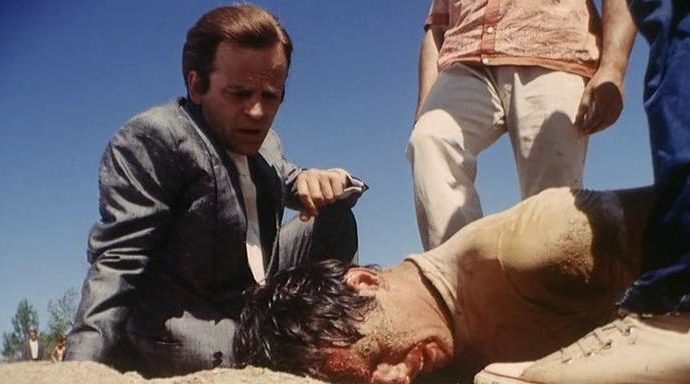
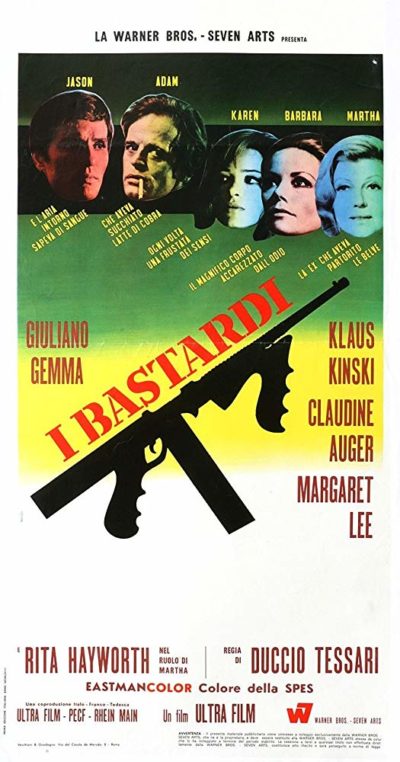 It’s the story of two brothers, Jason (Gemma) and Adam (Kinski), career criminals. Jason carries out a jewel heist, and at Adam’s request, uses the loot as bait to lure in the family’s enemies, so they can be disposed of by Jason. This goes swimmingly, only for Adam to get greedy and also demand a share of the jewels, which Jason feels should be payment for his bloody work. Considering the number of dead bodies he had to go through to keep the ill-gotten gains, I can kinda see his argument. After he refuses to share, Adam goes after Jason and eventually gets him to give up the loot after threatening his girlfriend, Karen (Lee).
It’s the story of two brothers, Jason (Gemma) and Adam (Kinski), career criminals. Jason carries out a jewel heist, and at Adam’s request, uses the loot as bait to lure in the family’s enemies, so they can be disposed of by Jason. This goes swimmingly, only for Adam to get greedy and also demand a share of the jewels, which Jason feels should be payment for his bloody work. Considering the number of dead bodies he had to go through to keep the ill-gotten gains, I can kinda see his argument. After he refuses to share, Adam goes after Jason and eventually gets him to give up the loot after threatening his girlfriend, Karen (Lee).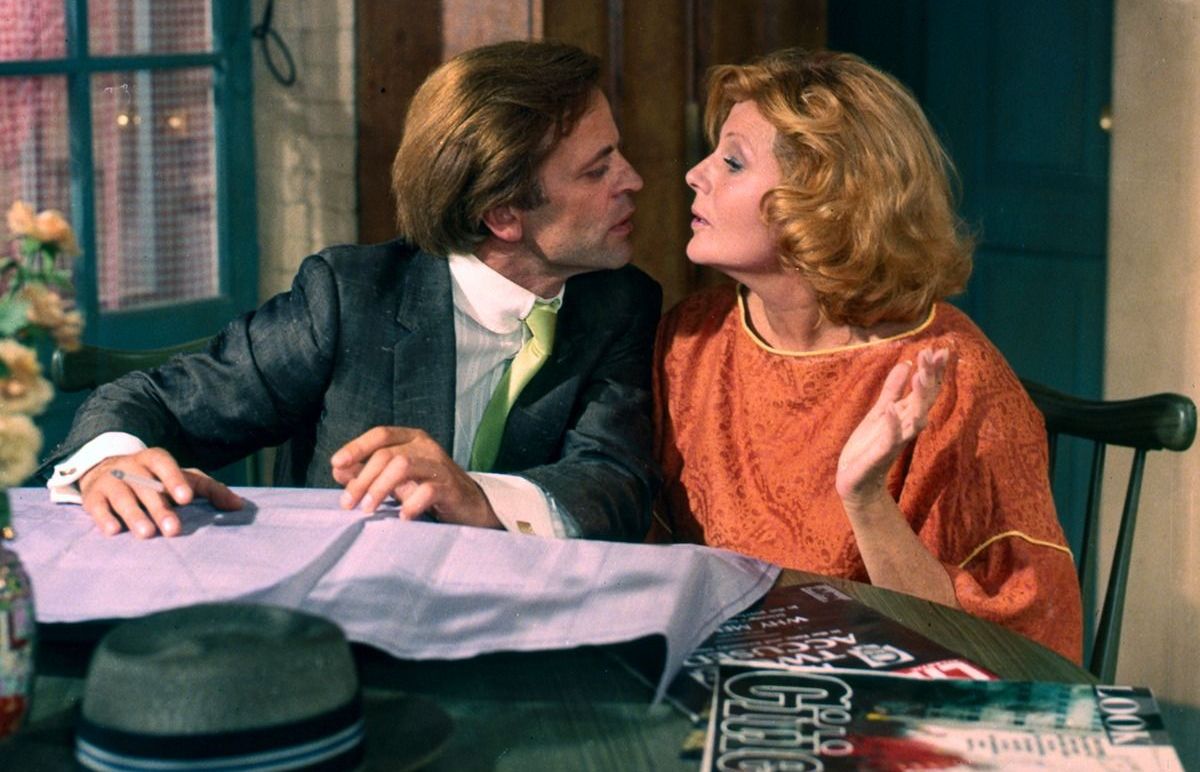
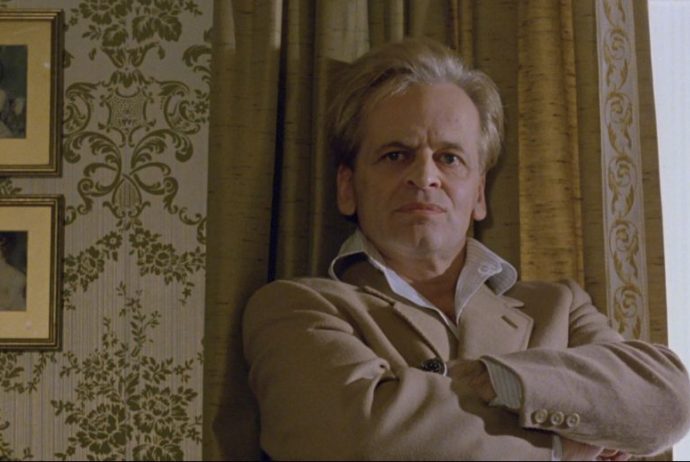
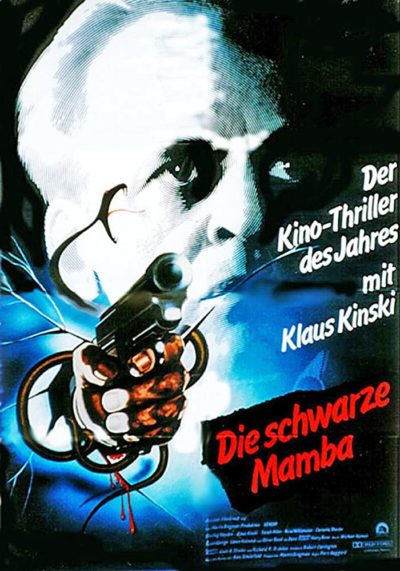 To mis-quote Mike Tyson, “Everybody has a plan until they get bitten by a black mamba.” That’s the scenario here, where an attempted kidnapping by German criminal Jacques Müller, a.k.a. Jacmel (Kinski) and his gang goes thoroughly pear-shaped, for two reasons. Firstly, associate Dave Averconnelly (Reed) blows away a policeman on the doorstep of the house, which causes the local police, under Commander William Bulloch (Williamson), to descend, en masse. Secondly, due to an
To mis-quote Mike Tyson, “Everybody has a plan until they get bitten by a black mamba.” That’s the scenario here, where an attempted kidnapping by German criminal Jacques Müller, a.k.a. Jacmel (Kinski) and his gang goes thoroughly pear-shaped, for two reasons. Firstly, associate Dave Averconnelly (Reed) blows away a policeman on the doorstep of the house, which causes the local police, under Commander William Bulloch (Williamson), to descend, en masse. Secondly, due to an 

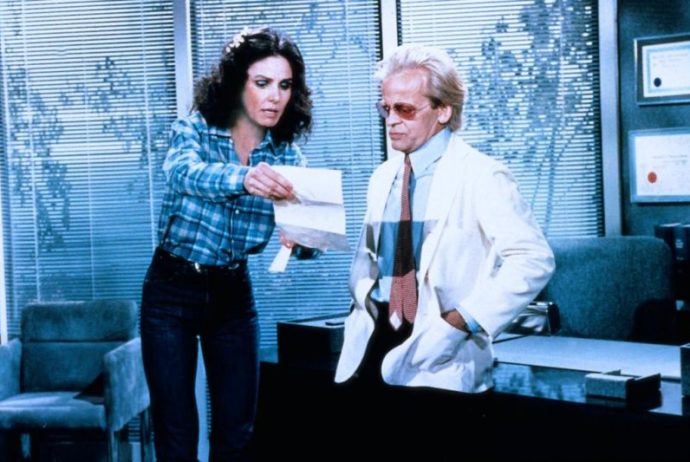
 Trabucco (Matthau) is an assassin who has been hired to knock off three witnesses in an upcoming organized crime trial. The first two are blown up and poisoned with little trouble, but the third is held in protective custody until his appearance in court. Trabucco checks into a hotel opposite the courthouse, with a view of the steps, to await his target’s arrival. However, in the room next door is Victor Clooney (Lemmon), a neurotic TV executive who is estranged from his wife, Celia (Prentiss). When she rejects his attempts to reconcile, Victor attempts suicide; desperate to prevent the attention of hotel staff and, as a result, the authorities, Trabucco agrees to take responsibility for Clooney.
Trabucco (Matthau) is an assassin who has been hired to knock off three witnesses in an upcoming organized crime trial. The first two are blown up and poisoned with little trouble, but the third is held in protective custody until his appearance in court. Trabucco checks into a hotel opposite the courthouse, with a view of the steps, to await his target’s arrival. However, in the room next door is Victor Clooney (Lemmon), a neurotic TV executive who is estranged from his wife, Celia (Prentiss). When she rejects his attempts to reconcile, Victor attempts suicide; desperate to prevent the attention of hotel staff and, as a result, the authorities, Trabucco agrees to take responsibility for Clooney. 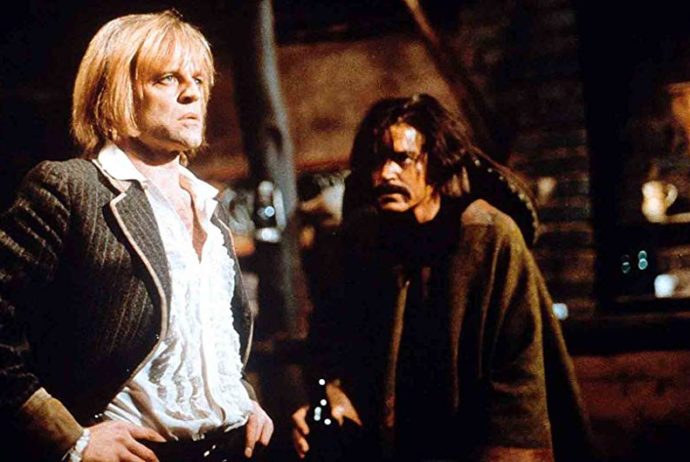
 This is one of the films where Kinski’s character is not the focus, yet is essential to the plot. It’s Hagan’s actions that set things in motion, although at the bottom level, there isn’t much moral difference between him and Hamilton: both want revenge for the death of family members, and to kill those responsible. Despite this mirroring of motivation and action, there’s no doubt who’s the good guy and who’s the villain, as far as the film is concerned. Fidani is firmly in the Kid’s corner, portraying his vengeance as “righteous”, unlike Hagan’s. It’s an interesting double-standard. Perhaps it’s that Hagan is seen to be acting out of rage, while Hamilton’s response feels measured, more like justice is being meted out. We also know he’s correct in his choice of target: we never see who was behind the death of Hagan’s brothers.
This is one of the films where Kinski’s character is not the focus, yet is essential to the plot. It’s Hagan’s actions that set things in motion, although at the bottom level, there isn’t much moral difference between him and Hamilton: both want revenge for the death of family members, and to kill those responsible. Despite this mirroring of motivation and action, there’s no doubt who’s the good guy and who’s the villain, as far as the film is concerned. Fidani is firmly in the Kid’s corner, portraying his vengeance as “righteous”, unlike Hagan’s. It’s an interesting double-standard. Perhaps it’s that Hagan is seen to be acting out of rage, while Hamilton’s response feels measured, more like justice is being meted out. We also know he’s correct in his choice of target: we never see who was behind the death of Hagan’s brothers.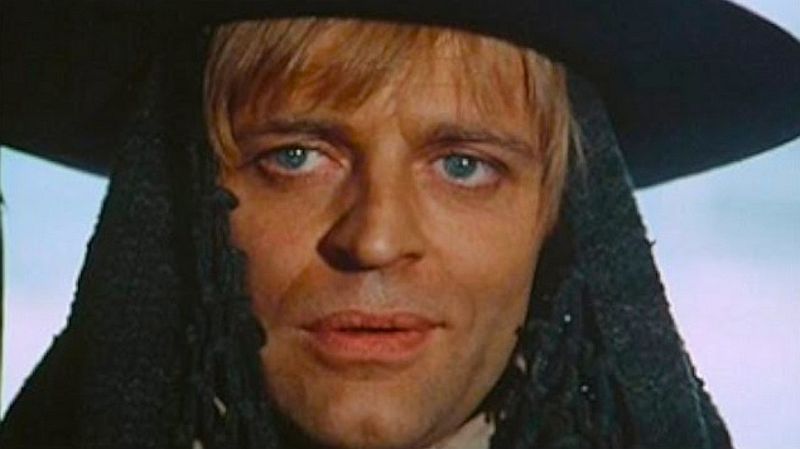
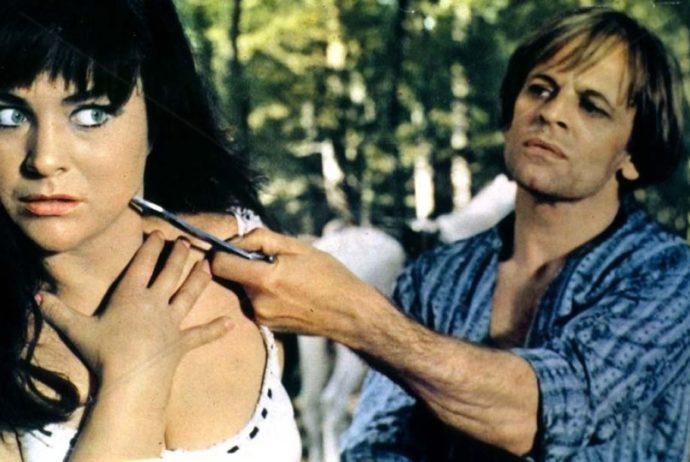
 Abduct Powers’ daughter, Nancy, who is on the way to town to claim her inheritance, and g
Abduct Powers’ daughter, Nancy, who is on the way to town to claim her inheritance, and g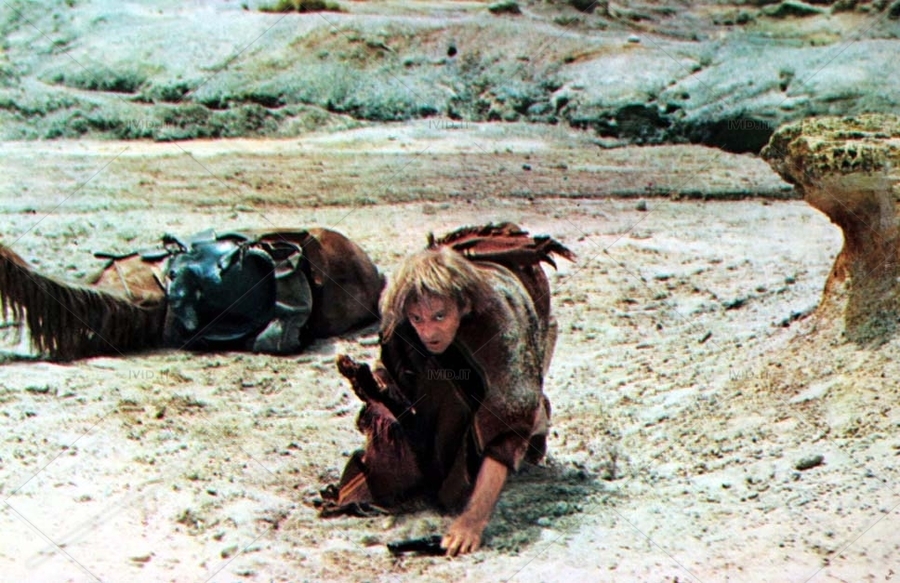
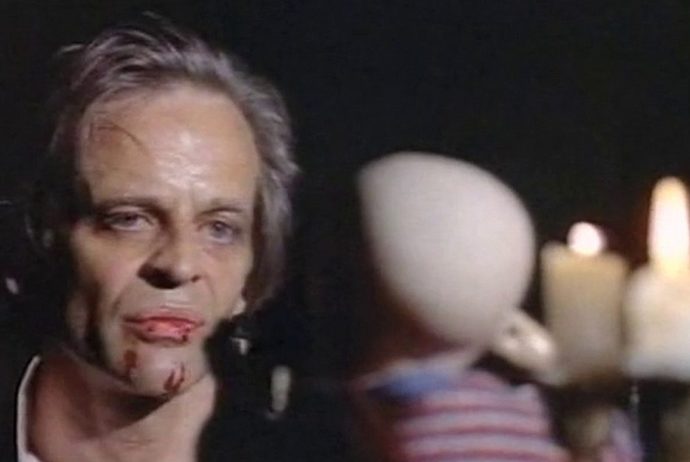
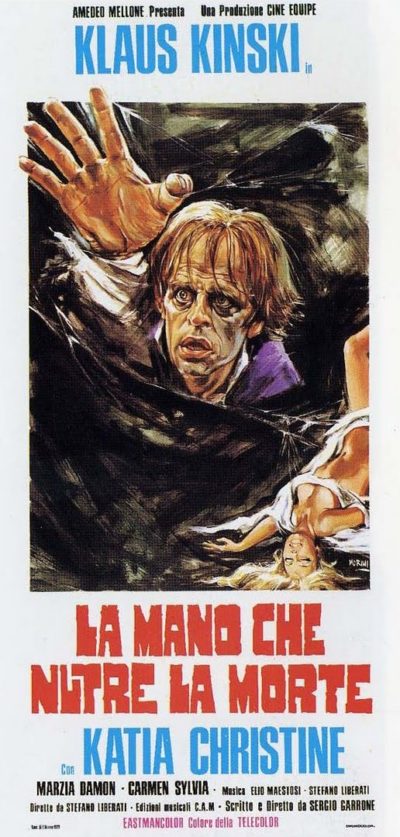 That both Masha and Tanja are played by the same actress, more or less tells you where the rest of the film is going to go. We’d worked out how it was going to end quite some time in advance, and the movie did not disappoint in this aspect, shall we say. There were some unexpected diversions along the way, however, not least the lesbian canoodling between Katia and Sonia – even if the post-canoodle cuddle is rudely interrupted by the minion. We were also impressed with the use of a tuning fork to manipulate said henchmen, suggesting that the Professor’s research has perhaps also gone into the area of mind-control.
That both Masha and Tanja are played by the same actress, more or less tells you where the rest of the film is going to go. We’d worked out how it was going to end quite some time in advance, and the movie did not disappoint in this aspect, shall we say. There were some unexpected diversions along the way, however, not least the lesbian canoodling between Katia and Sonia – even if the post-canoodle cuddle is rudely interrupted by the minion. We were also impressed with the use of a tuning fork to manipulate said henchmen, suggesting that the Professor’s research has perhaps also gone into the area of mind-control.